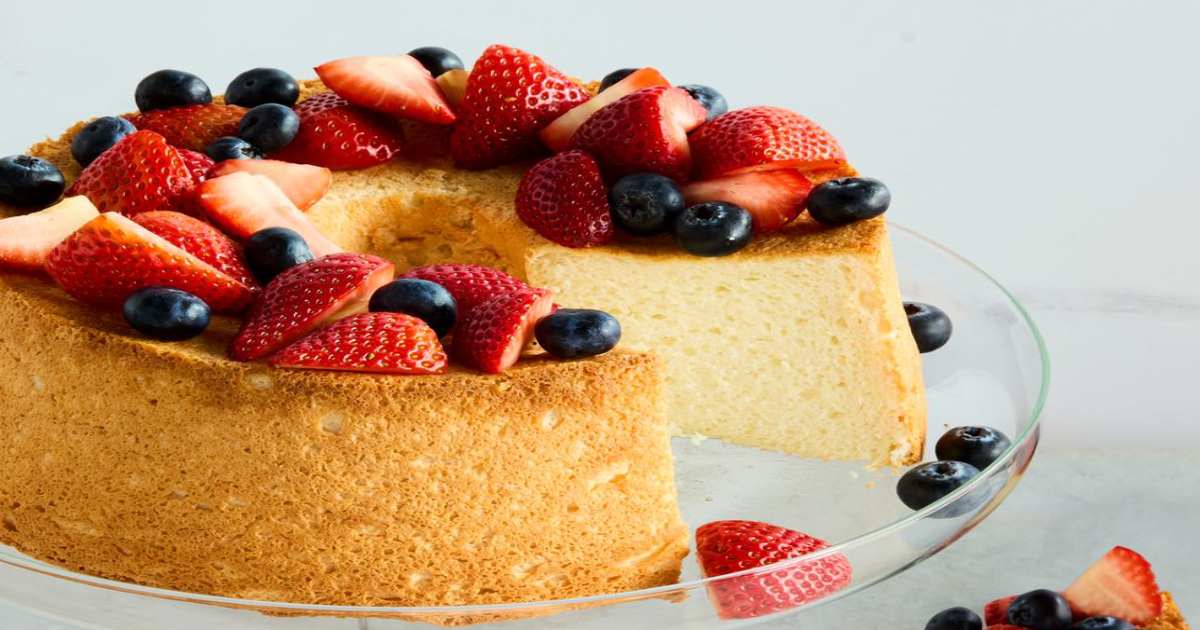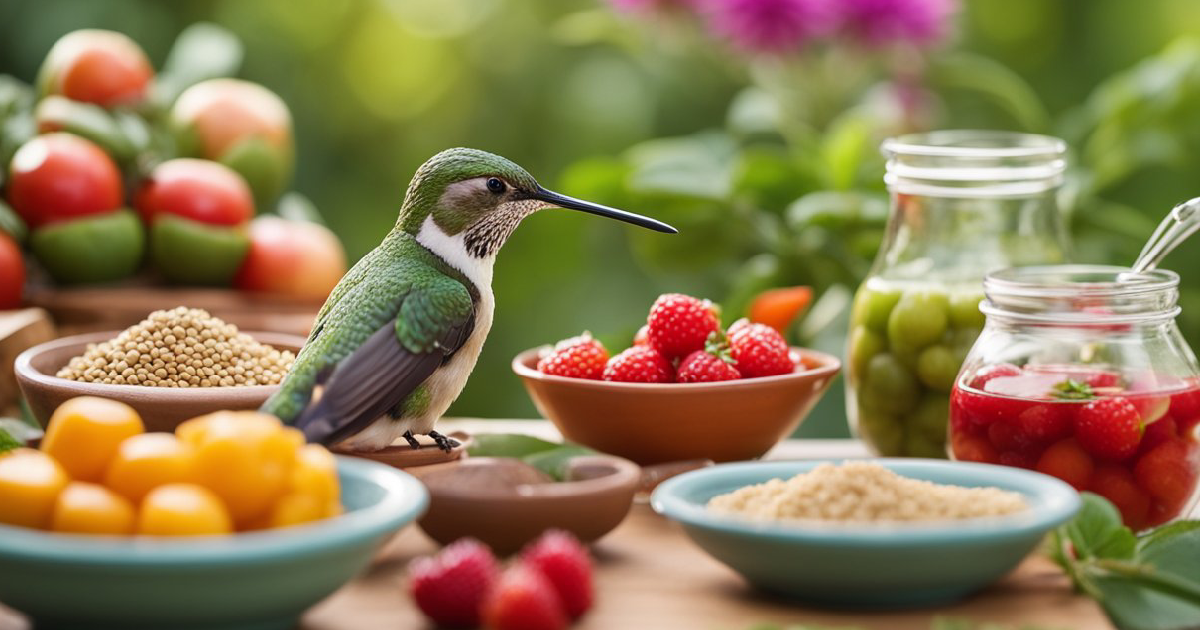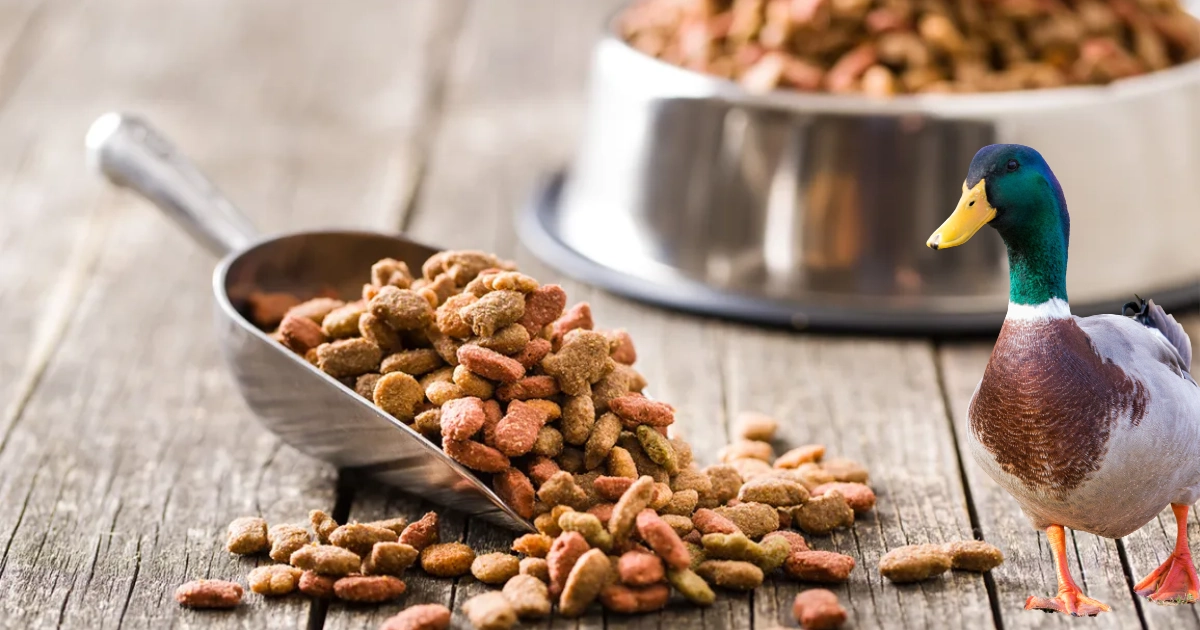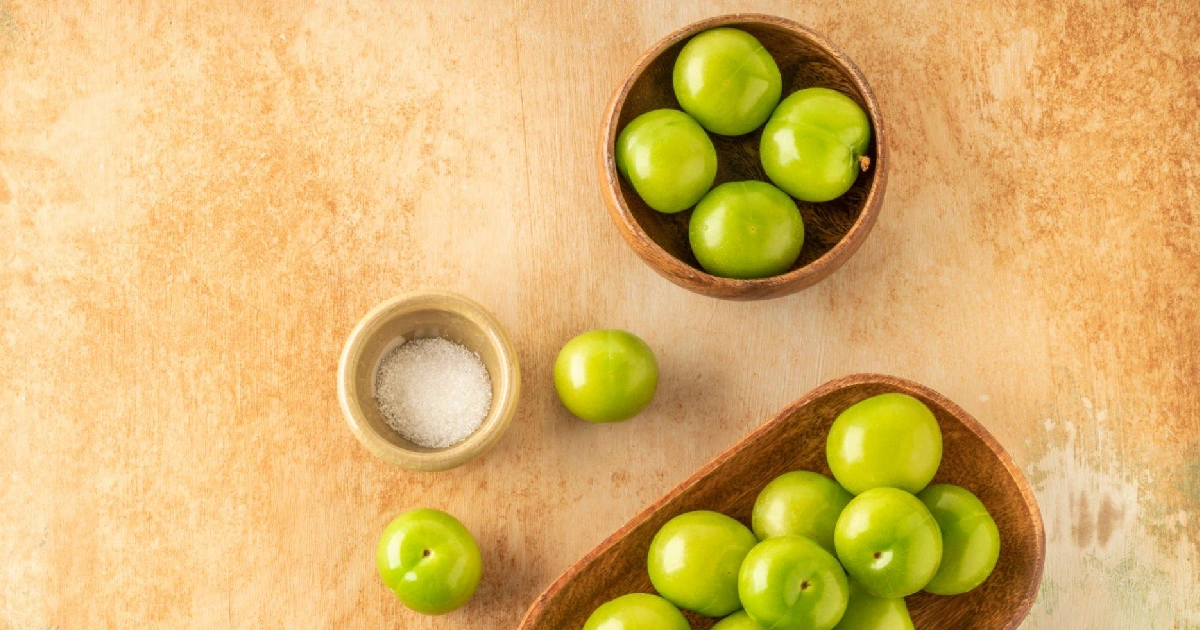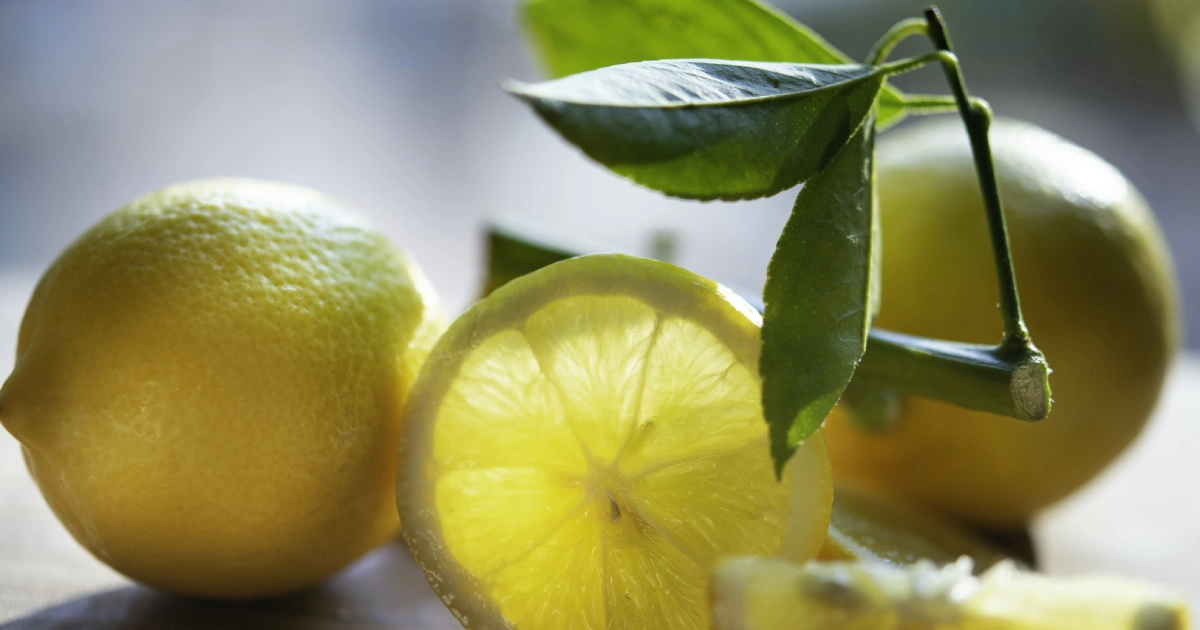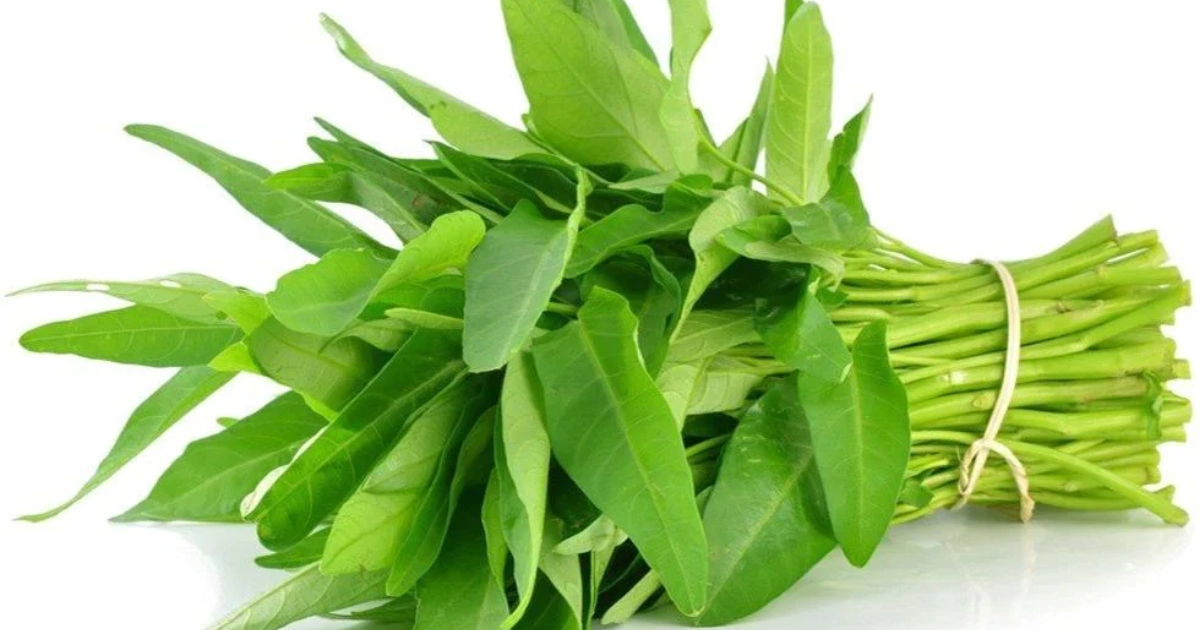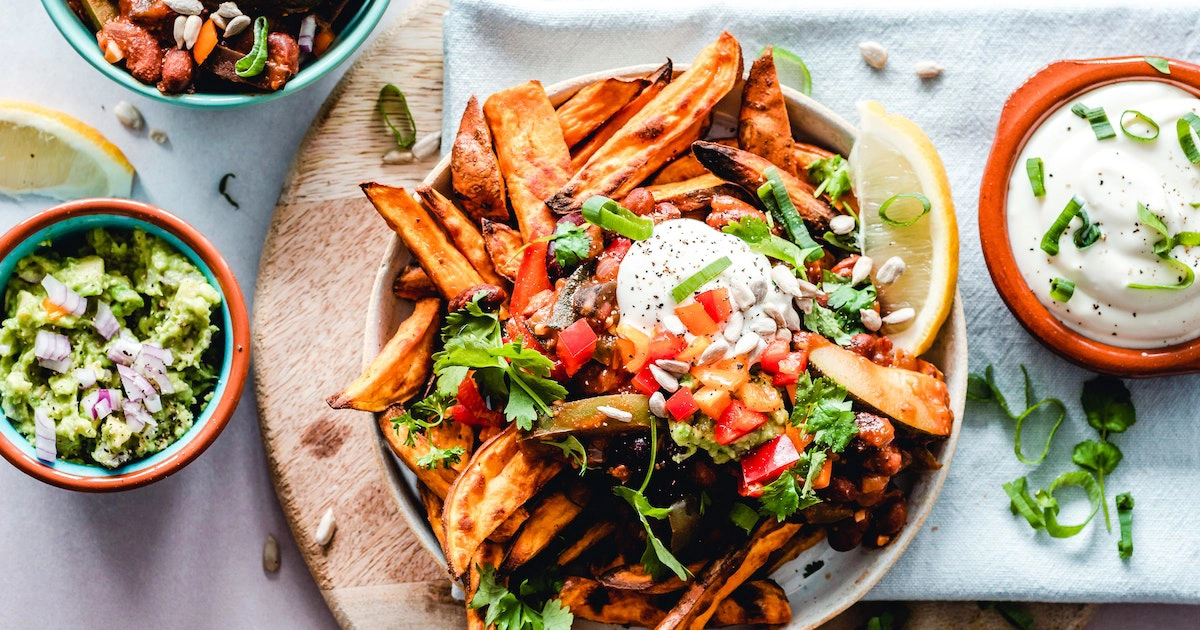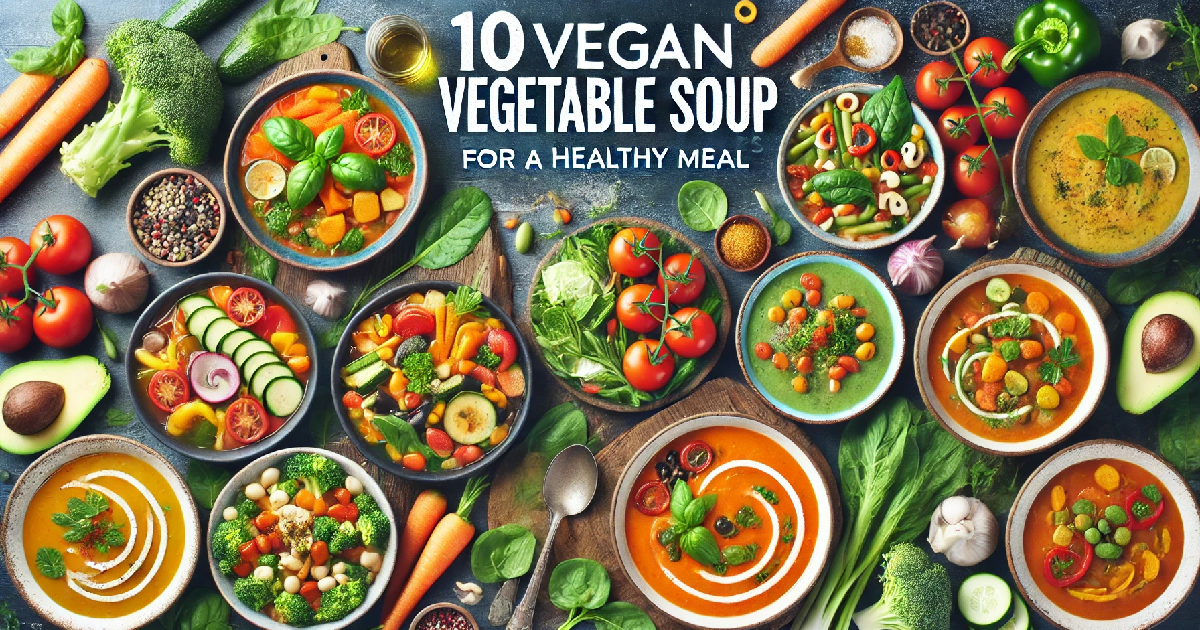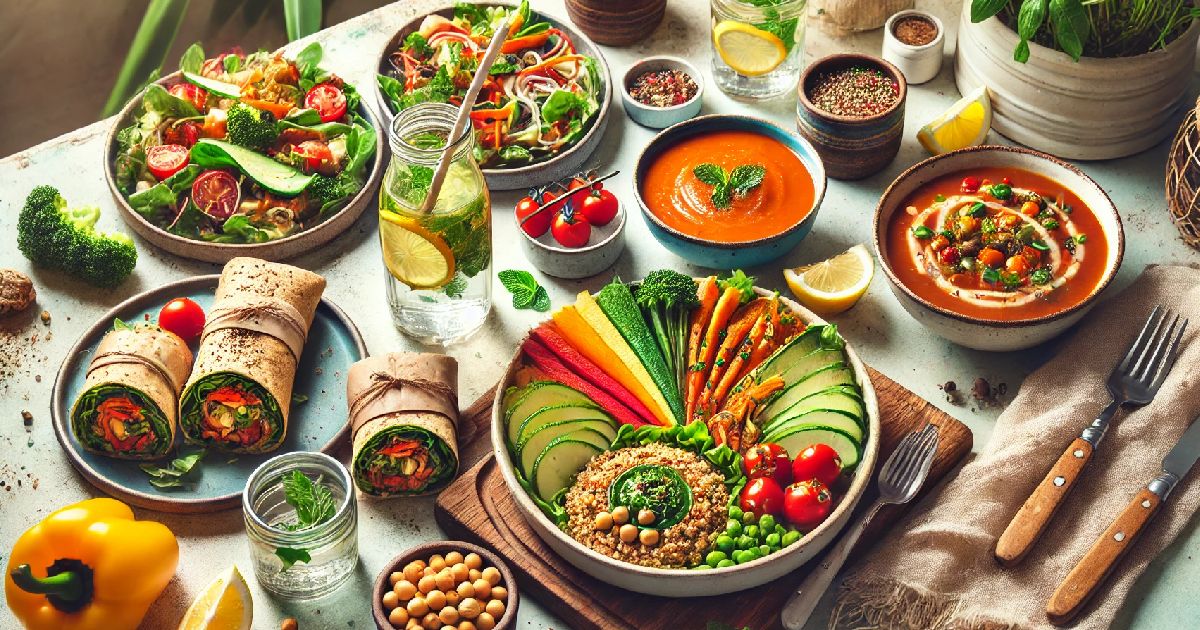When people think of Thai food, the first thing that often comes to mind is spicy dishes with fiery chili peppers. While it’s true that many Thai dishes do pack a punch in terms of heat, not all Thai food is spicy. In fact, there are plenty of savory and flavorful Thai dishes that aren’t spicy at all.
It’s important to remember that Thai cuisine is incredibly diverse, with varying levels of spiciness depending on the region and individual dish. From creamy curries to tangy salads, there are plenty of non-spicy options for those who may be sensitive to heat or simply prefer milder flavors. So don’t let the assumption that all Thai food is spicy hold you back from exploring this delicious cuisine!
Popular Thai Spices
Thai food is known for its strong, complex flavors, which are created by combining a variety of herbs and spices. Some popular Thai spices include galangal, lemongrass, kaffir lime leaves, coriander seeds, cumin, and turmeric. Galangal is a ginger-like root that has a citrusy aroma and is used in many Thai soups and curries. Lemongrass adds a fresh, lemony flavor to dishes like Tom Yum soup and stir-fries.
In Thai cooking, the leaves of kaffir lime are frequently used to give dishes like green curry a delicate citrus flavor. Coriander seeds have a slightly sweet taste with hints of citrus and are often used in marinades for grilled meats or as part of spice blends for curries. Cumin has an earthy flavor with hints of nuttiness that pairs well with spicy dishes or meat-based curries. Turmeric gives food an intense yellow color while adding an earthy flavor to many Thai dishes.
While some Thai dishes can be quite spicy, not all are made with hot peppers or chili paste. Many traditional Thai recipes can be adjusted to suit your personal preference for heat levels by using less or omitting the spicy ingredients altogether without sacrificing taste.
Tell Me The Best Way To Adjust Spiciness In Home Cooking Recipes.
When it comes to home cooking, adjusting the spiciness level of a recipe can be a tricky task. However, there are several ways to tame down or enhance the heat in your dishes. One of the best ways is to adjust the amount of spicy ingredients like chili peppers or hot sauce. For instance, you can lessen the spiciness by removing some chili pepper seeds and using less hot sauce. Use a spicier variety of chili pepper or add extra if you prefer greater heat.
Another way to adjust spiciness is by balancing it with other flavor elements like sweetness or acidity. Adding sugar or honey can help counteract the heat while adding lemon juice or vinegar may add color to the food and make it more tolerable for those who are not accustomed to spicy food.
Lastly, taste testing throughout the cooking process is crucial when adjusting spiciness levels in home cooking recipes. Start with less spicy ingredients then gradually increase till the temperature you want is reached. Remember that everyone’s tolerance for spice differs so make sure to consider your guests’ preferences before serving any dish with significant heat levels.
What Is The Least Spicy Food In Thailand?
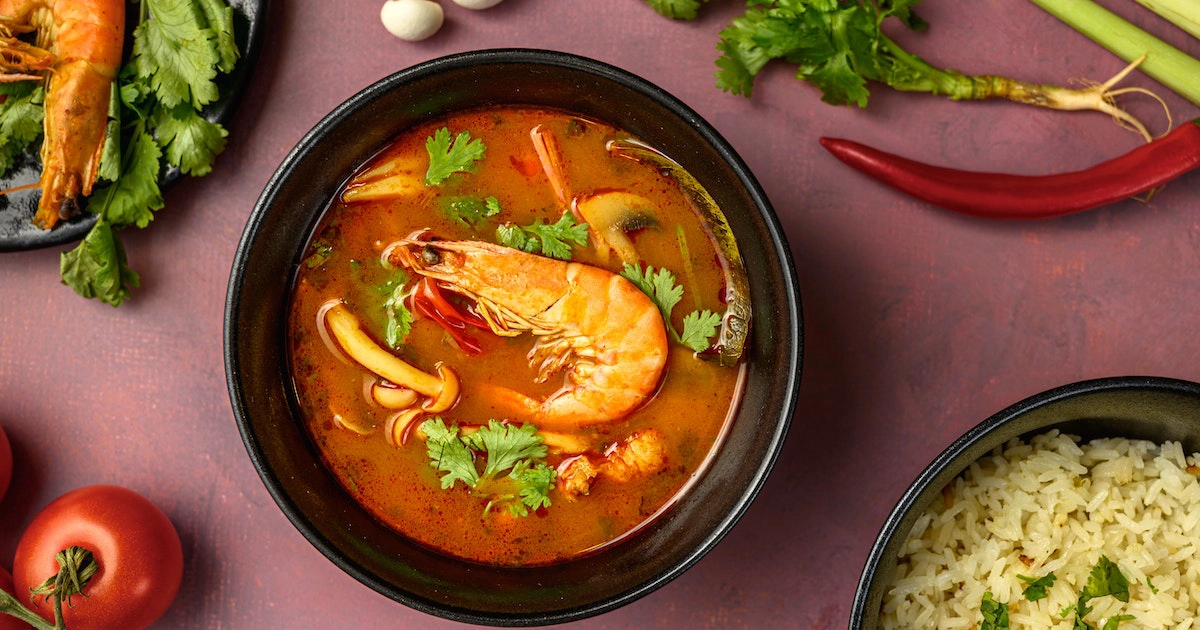
Thai food is infamous for being one of the spiciest cuisines in the world. However, not all Thai dishes are spicy. Some dishes have little to no spice at all, making them a great option for those who can’t handle the heat. In one such meal, broad rice noodles are stir-fried with soy sauce and vegetables like broccoli and carrots. soy sauce and vegetables like broccoli and carrots.
Another non-spicy Thai dish is Tom Yum Soup without chili peppers. This soup typically consists of lemongrass, galangal root, kaffir lime leaves, fish sauce, and shrimp or chicken stock. In keeping with your tastes, it can be either mild or spicy, but opting for no chili peppers will ensure you get a delicious soup without any heat.
Lastly, Khao Pad (Thai fried rice) can also be non-spicy if you ask for it to be made without chilies. This popular dish usually includes eggs, onions, and a choice of meat or seafood that’s stir-fried together with fragrant jasmine rice. So even though Thai cuisine may have a reputation for being spicy. There are plenty of flavorful options available that won’t make your mouth feel like it’s on fire!
Common Ingredients And Flavors In Thai Cuisine
Thai cuisine is a perfect blend of sweet, salty, sour, and bitter flavors. The ingredients most frequently used in Thai cooking include lemongrass, galangal, kaffir lime leaves, coconut milk, and fish sauce. These ingredients make Thai dishes unique in taste and aroma.
Pad Thai is a popular Thai dish; it’s created with rice noodles, veggies like bean sprouts, carrots, and onions, as well as peanuts and eggs. To give the dish some tartness, a slice of lime is usually served with it. Another favorite among food lovers is Tom Yum soup, which has a sour and spicy flavor profile that comes from its use of lemongrass, galangal, and kaffir lime leaves.
Thai cuisine is known for its spicy food, but not all meals are made equally in terms of their amount of heat. Some dishes, like Massaman curry, have mild notes as they use milder spices like cinnamon, while others, like Green Curry, can be quite spicy due to the presence of green chilies. Overall, there’s plenty for everyone in Thai cuisine, whether you enjoy fiery hot or mild flavors!
Tell Me The Best Way To Stop Chili Burning In Your Mouth?
The burning sensation that happens in the mouth after consuming spicy food is one of the most frequent issues people experience. This can be really uncomfortable and possibly ruin your meal if you’re not used to eating spicy cuisine.Thankfully, there are several steps you may take to avoid your tongue burning from chili.
Firstly, try drinking something cold like milk or yogurt, as these dairy products contain proteins that bind with capsaicin (the compound that makes chilies hot) and neutralize it. You could also try drinking water, but it’s important to note that water won’t neutralize capsaicin and may actually spread it around your mouth more.
You could also try eating starchy foods like rice or bread, as they absorb the heat from the chili and provide a barrier between your tongue and the spice. Finally, if all else fails, take a break from eating and let time work its magic. Eventually, the burning sensation will subside on its own. So don’t let the fear of spice stop you from trying delicious Thai food. Just be prepared with some tricks to beat the burn!
How Do I Order Different Levels Of Chili Heat In Thailand?
When ordering Thai food in Thailand, it’s important to understand how to order different levels of chili heat. Most Thai dishes come with a level of spiciness that may be too much for some people. To avoid this, you can ask the waiter or chef for the desired level of spice. In Thai, “mai pet” means not spicy, “pet nit noy” means a little bit spicy, and “pet mak” means very spicy.
Additionally, it’s crucial to remember that some dishes are naturally more spicy than others. For example, tom yum soup is known for being quite hot, while pad thai is usually milder. If you’re unsure about the spice level of a dish, you can always ask your server for recommendations or try a small amount before committing to a full serving.
Finally, it’s worth noting that not all delicious Thai food needs to be spicy. There are plenty of mild and flavorful dishes that are just as satisfying as their fiery counterparts. Never be nervous to make request and speak up your preferred spice level—after all, good food should make you happy!
Types Of Thai Curry
Thai curry is a staple in Thai cuisine and has become popular worldwide. The four primary varieties of Thai curry each have a distinct flavor and spice level. The first type is green curry. Which is known for its spicy taste and vibrant green color from the use of fresh green chilies. It also includes ingredients such as coconut milk, lemongrass, galangal, and kaffir lime leaves.
The second type of Thai curry is red curry. Which has a slightly sweeter taste compared to green curry due to the addition of dried red chili peppers. It includes ingredients such as shrimp paste, fish sauce, and sometimes peanuts or cashews for added texture.
The third type is yellow curry. Which has a milder spiciness than green or red curries but still packs a flavorful punch with turmeric, giving it its bright yellow color. It also often includes potatoes and onions for added texture.
Lastly, there’s Massaman Curry. Which originates from Southern Thailand with Muslim influence and is more savory than sweet like other curries. Its unique combination of spices, including cinnamon and star anise, makes it stand out from other curries.
Overall, while many people associate Thai food with spiciness due to the use of chili peppers in many dishes, including curries, there are still plenty delicious options that aren’t spicy at all!
The Thai Spice Scale
The Thai Spice Scale is a system used to measure the spiciness of Thai cuisine. It ranges from 0 (no spice at all) to 10 (extremely spicy). This scale helps people determine how much heat they are willing to handle in their food. However, not all Thai food is meant to be spicy. In fact, many traditional dishes, such as Pad Thai and Tom Yum Soup, can be made with little or no spice.
Thai cuisine uses a variety of spices and herbs that contribute not only heat but also unique flavors and aromas. Some popular ingredients include lemongrass, ginger, garlic, kaffir lime leaves, and galangal. These ingredients can be adjusted in different proportions depending on the desired level of spiciness.
It is important for diners to communicate their preferred level of spice when ordering Thai food so that it can be tailored to their taste buds. The Thai Spice Scale should not deter anyone from trying delicious Thai dishes because there are plenty of options available for those who prefer milder flavors.
Popular Thai Food History
Thai food is renowned for its strong, spicy flavors. In fact, traditional Thai cuisine is a balance of five fundamental tastes: sweet, sour, salty, bitter, and umami. The use of fresh herbs and spices such as lemongrass, galangal, kaffir lime leaves, and coriander root adds depth of flavor to the dishes.
Some popular non-spicy Thai dishes include Pad Thai, stir-fried rice noodles with tofu or shrimp in a sweet and sour tamarind sauce; Tom Kha Gai, a coconut milk soup with chicken that has a slightly sweet yet tangy flavor; and Mango Sticky Rice, a dessert made from glutinous rice cooked in coconut milk served with sliced mangoes on top.
While most Thai dishes are associated with spice levels ranging from mild to extremely hot chili peppers. They can be added or omitted according to one’s taste preference.Therefore, if you dislike spicy food, don’t let that stop you from enjoying delectable Thai food!
Which Country Eats Most Spicy Food?
When it comes to spicy food, India is often cited as the country that consumes the most. In fact, many Indian dishes are known for their intense heat and use of spices like chili peppers. However, other countries also have a reputation for enjoying spicy cuisine. For example, Mexico is famous for its fiery salsas and hot sauces. While South Korea’s love of kimchi adds plenty of spice to its traditional fare.
Thailand is another country that is often associated with spicy food. While it’s true that many Thai dishes feature chili peppers or other spices, not all Thai food is necessarily hot. In fact, many Thai restaurants will ask diners how much spice they want in their dish so they can adjust accordingly. So while Thailand may not be the absolute top consumer of spicy food worldwide. It certainly has a strong association with this type of cuisine.
Tell Me The Most Spicy Thai Curry?
Thai curries range from mild to extremely hot. The most spicy Thai curry is widely considered to be the Gaeng Daeng or Red Curry. This fiery dish gets its heat from red chilies, which are blended with herbs and spices like lemongrass, galangal, kaffir lime leaves, coriander roots, garlic, and shallots.
Despite its spiciness, Gaeng Daeng remains a favorite among many Thai food enthusiasts who love the savory flavor that comes from coconut milk and fish sauce combined with other ingredients. But if you still want to taste Thai curries but don’t like heat, don’t worry! There are mild versions available such as Massaman curry or Panang curry that use fewer chilies but still pack a flavorful punch.
As a result, while Thai food may have a reputation for being spicy. It’s important to remember that there are plenty of delicious options available for those who prefer milder flavors. Whether you’re looking for something spicy or not so much so, trying out different types of Thai curries can be a great way to explore this rich culinary tradition.
Is Thai Food Spicy?
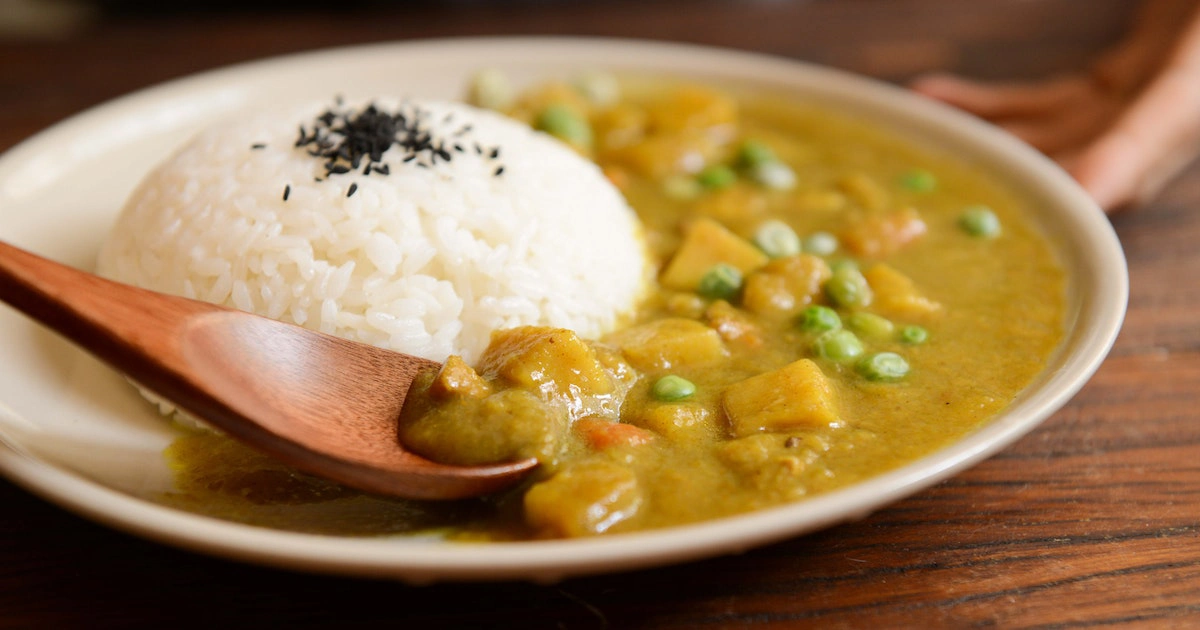
Many people believe that all Thai food is spicy, but this isn’t necessarily true. While Thai cuisine is known for its bold and flavorful dishes, not all of them are packed with heat. In fact, many Thai dishes can be customized to fit your spice tolerance.
Some traditional Thai dishes, such as Pad Thai or Tom Yum soup. May have a slight kick to them but can still be enjoyed by those who don’t enjoy spicy foods. Other popular dishes like Massaman curry or Panang curry tend to be milder in heat and can even be adjusted by asking the chef to make them less spicy than usual.
Don’t let your fear of spice prevent you from eating excellent Thai food. Even though your favorite Thai restaurant’s menu undoubtedly has some hot selections. There is sure to be something that satisfies your taste buds among the numerous alternatives.
Visit Thailand To Sample The Best Spicy Thai Cuisine
Although Thai food is renowned for its strong flavors and spicy meals, not all of it is particularly hot. Some of the most popular Thai dishes, like pad thai and mango sticky rice, are not spicy at all. However, if you’re a fan of spicy food, Thailand is definitely the place to be. From tom yum soup to green curry, there’s no shortage of delicious and fiery dishes to try.
One dish that is particularly famous for its spiciness is som tam, or papaya salad. Made with shredded green papaya, chili peppers, fish sauce, lime juice, and other ingredients like peanuts or dried shrimp, this salad packs a serious punch. But don’t let the heat scare you away – som tam also has a complex flavor. You’ll keep returning for more thanks to the flavor’s refreshing texture.
Another must-try spicy dish in Thailand is khao soi. This Northern Thai curry noodle soup features a rich coconut milk-based broth flavored with spices like turmeric and coriander, as well as plenty of chili paste for heat. Served over crispy fried noodles with chicken or beef on top, khao soi is sure to satisfy your cravings for both spice and comfort food.
Where Can I Find Thai Spices In The United States?
If you’re looking to recreate the authentic flavors of Thai cuisine, sourcing the right spices is essential. Thankfully, it’s easier than ever to find Thai spices in the United States. Many large grocery store chains carry a variety of Thai ingredients, including dried herbs like lemongrass and kaffir lime leaves, as well as fresh ingredients such as galangal and Thai basil.
For a wider selection and more specialized items, consider visiting your local Asian grocery store or ordering online from specialty retailers. These stores often carry harder-to-find items like shrimp paste, tamarind paste, and various types of curry pastes. Some popular online retailers include Import Food and Temple of Thai.
And remember: not all Thai food has to be spicy! While many dishes do incorporate spicy elements such as chili peppers or hot sauce, there are plenty of milder options available that still showcase the delicious flavors of Thailand’s unique spice blends.
What Gives Spicy Thai Food A Frightful Heat?
Spicy Thai food is known for its fiery heat and intense flavors. The unique blend of herbs and spices used in Thai cuisine is what gives it its distinct taste. However, what really makes Thai food spicy is the use of chili peppers. These small but mighty peppers come in many different varieties and can range in heat from mild to extremely hot.
Thai chefs often use a combination of fresh chili peppers, dried chili flakes, and chili paste to create the perfect level of spiciness in their dishes. They also use other ingredients such as ginger, lemongrass, and garlic to balance out the heat and add depth to the flavor profile. While some people may find spicy Thai food intimidating or even unbearable, others crave its bold flavors and mouth-watering heat.
It’s crucial to remember that not all Thai cuisine is hot. Many popular dishes, such as Pad Thai or Green curry, can be made with little or no spice at all. In fact, one of the most important aspects of cooking delicious Thai food is finding the right balance between sweet, sour, salty, and spicy flavors. So whether you prefer your Thai food mild or scorching hot, there’s something for everyone to enjoy!
Popular Recipes For Thai Food
Thai cuisine is renowned for its bold flavors, but not all dishes are spicy. One popular non-spicy Thai dish is Pad Thai. Which consists of stir-fried rice noodles with vegetables and protein such as chicken or shrimp. Another favorite is Tom Kha Gai, a coconut milk-based soup flavored with lemongrass and galangal that based on personal desire, may be made mild or spicy.
For those who enjoy some heat in their food, there are plenty of spicy options to choose from as well. One classic dish is Tom Yum Goong, a sour and spicy soup with shrimp, mushrooms, and aromatic herbs like kaffir lime leaves and cilantro. Another popular choice is Green Curry Chicken, a creamy curry made with green chili paste and coconut milk that packs a flavorful punch.
Thai Red Prawn Curry
Thai Red Prawn Curry is a popular dish in Thai cuisine that features succulent prawns cooked in a rich, creamy sauce made with coconut milk, red curry paste, and aromatic spices. Despite its name, it doesn’t have to be very spicy and can be adjusted to suit your taste buds. Finding the ideal taste ratio to produce the ideal balance of sweetness, sourness, saltiness, and spice is the key.
Start by fragrantly sautéing onions and garlic in oil to prepare this delectable dish at home. Before adding coconut milk, stir-fry the red curry paste for a minute. After the mixture boils, turn down the heat and stir in the prawns and other veggies, like bell peppers or bamboo shoots. Allow the ingredients to cook in the simmering sauce until the prawns turn pinkish-orange in color and are fully cooked through.
Garnish with fresh herbs like basil or coriander leaves before serving over steamed rice or rice noodles for an authentic Thai dining experience that will leave you wanting more. So next time you think all Thai food has to be spicy, give this flavorful Red Prawn Curry recipe a try!
Whether you prefer your Thai food mild or spicy, there are countless delicious recipes to try. From noodle dishes to soups and curries, the variety of flavors in Thai cuisine will leave your taste buds satisfied.
How Hot Is Thai Pepper?
One of the strongest peppers in the world is the Thai pepper, commonly referred to as the bird’s eye chili. It measures between 50,000 to 100,000 Scoville Heat Units (SHU). Which is much hotter than jalapeño peppers that only range from 2,500 to 8,000 SHU. For comparison purposes, a typical Tabasco sauce has around 2,500-5,000 SHU.
Thai pepper is commonly used in Thai cuisine to add heat and flavor to dishes such as curries and stir-fries. Many other Southeast Asian cuisines contain it. The heat level of the pepper varies depending on how it’s prepared – fresh or dried – and how much of it is used.
It’s crucial to remember that not all Thai cuisine is hot. In fact, many traditional Thai dishes are mild or have a balanced taste with sweet and sour flavors mixed together. So even if you’re not a fan of spicy food. There are still plenty of delicious options available for you to enjoy at your local Thai restaurant or when cooking at home.
Related Posts:
If spicy cuisine doesn’t appeal to you, don’t worry! There are plenty of delicious Thai dishes that aren’t spicy. For example, Pad Thai is a classic Thai dish that typically isn’t very spicy. This stir-fried noodle dish is made with eggs, tofu, bean sprouts, peanuts, and your choice of meat or seafood. It’s often served with lime wedges and chopped peanuts on top.
Another dish that isn’t particularly spicy is Tom Kha Gai. This soup features coconut milk, chicken broth, lemongrass, galangal (a type of ginger), lime juice, and chicken or shrimp. It can be made to order in terms of spiciness level but it usually has a mild heat.
So if you’re worried about trying Thai food because you don’t like spice, don’t be! There are many delectable options available for you to enjoy without burning your mouth. Just make sure to communicate your spice preferences when ordering so the chef can adjust accordingly.
Conclusion
In conclusion, Thai food can be enjoyed by everyone, even those who cannot handle spicy foods. Many people are under the assumption that all Thai food is spicy, but this is not the case. There are plenty of dishes in Thai cuisine that do not contain any spice at all and still taste amazing.
When it comes to Thai food, there is a vast array of flavors and ingredients used in the dishes. From sweet to savory, tangy to bitter, there is something for everyone’s taste buds. It’s essential to try different dishes when exploring this beautiful cuisine. Because some may surprise you with their lack of spiciness.
In summary, don’t let the fear of spiciness deter you from trying delicious Thai food. If you like a certain quantity of heat or none at all, there are several options available. Whether you enjoy strong flavors or prefer more delicate ones, there’s an authentic Thai dish out there for you to enjoy without having to worry about burning your tongue off with too much spice.


